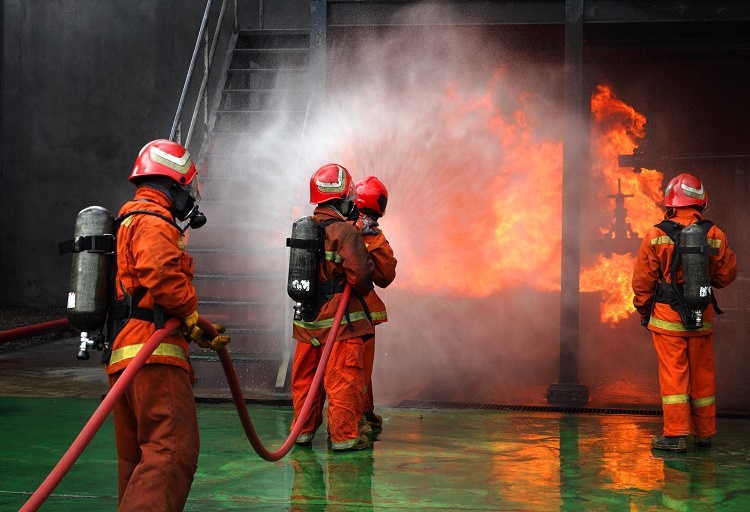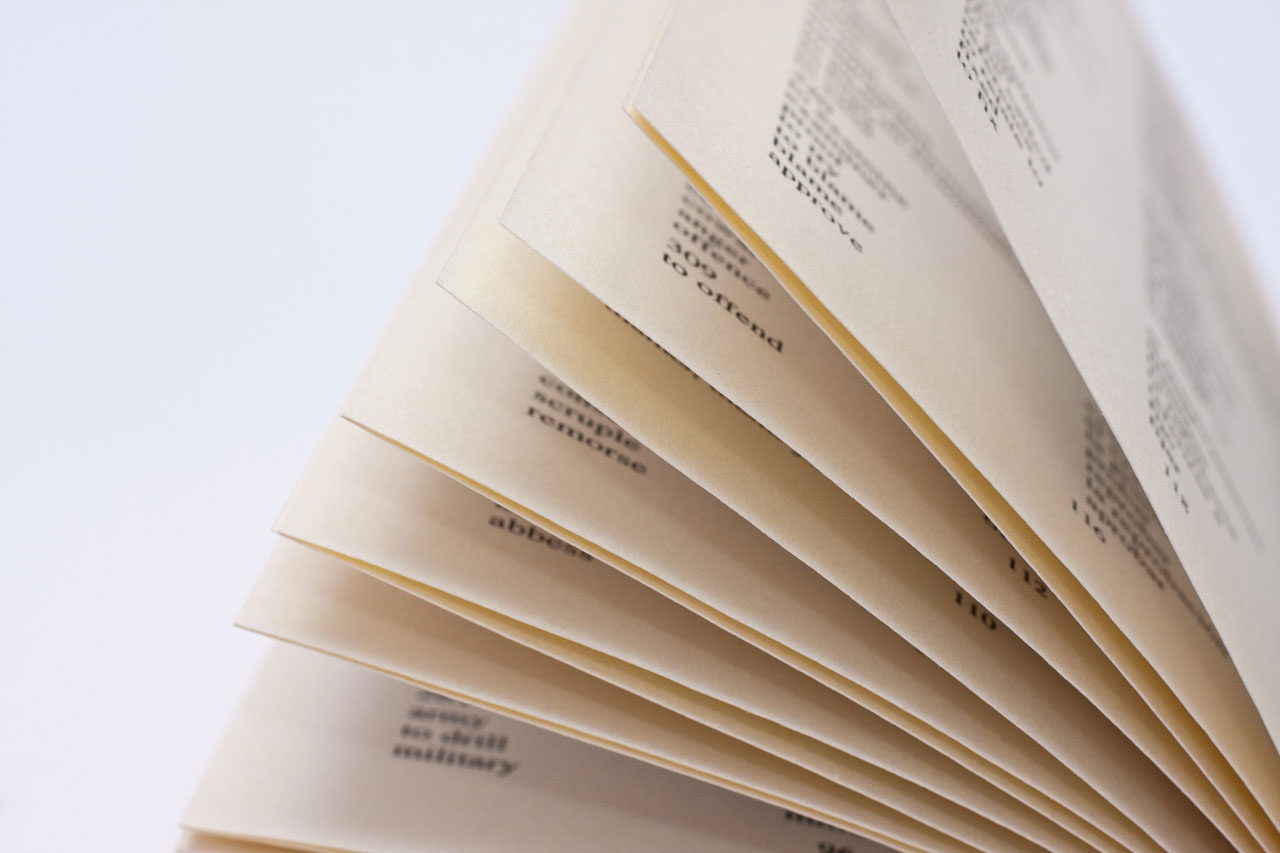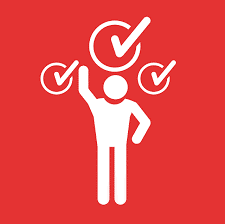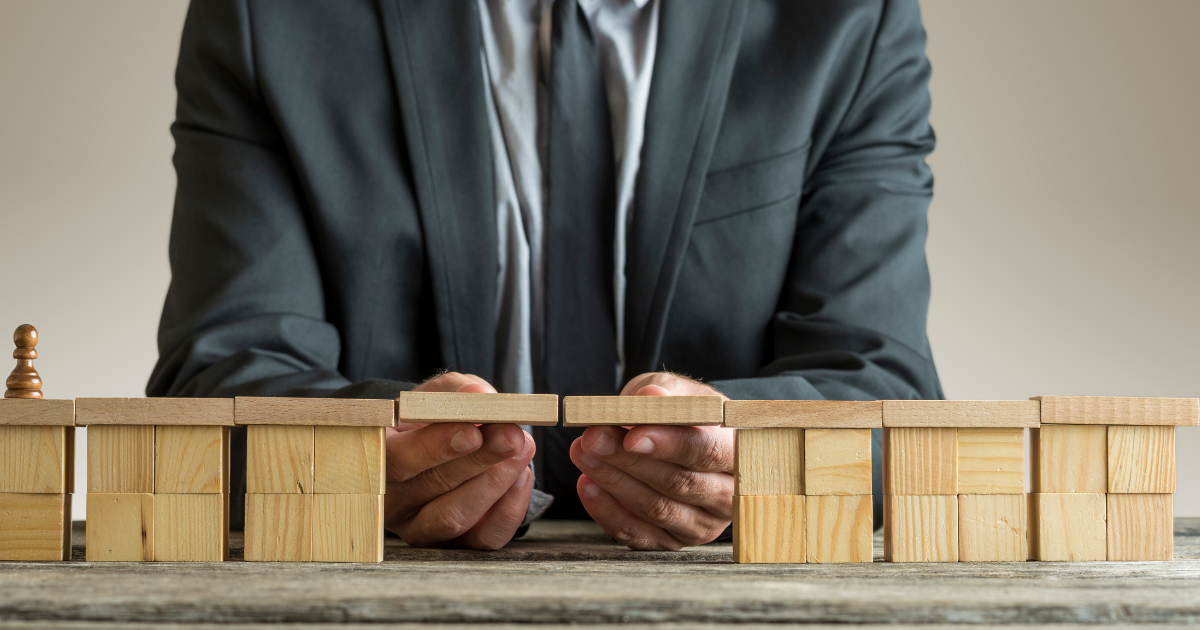Mock Disaster Scenarios: How to Test Your Disaster Preparedness Plan

Remember when you were in school and you had a pop quiz? These pop quizzes were a great way for your teacher to test if you were paying attention in class and for your teacher to test out his/her teaching methods. The test results helped you and they helped your teacher.
Well, think of a mock disaster scenario just like the surprise quiz. This allows you to test your business continuity plan in a real-life scenario. So many companies overlook this crucial step in the plan building and refinement process, and sadly miss the opportunity to verify that they’ve designed a disaster preparedness plan that is actionable and purposeful.
Planning A Mock Disaster SCENARIO
The following steps can be used as a guideline when developing your own mock exercise. Keep in mind that you need to tailor this to meet the needs and demands of your organization.
1. Choose A Scenario
Open your plan and review the results of your business impact assessment - select an incident that could realistically happen. For example, you could build a scenario around an overnight fire occurring at your office.
2. Communication Strategy
Determine who in the company will know about your mock scenario. You will likely need to communicate this with one person in your IT department and key team leaders. Be careful of telling too many people about the mock disaster (some people aren’t great at keeping secrets).
3. Outside Assistance
You’re going to need some external individuals to help you execute your mock disaster. Contact your local fire department and emergency personnel - explain to them what it is you want to do and why you want to do this. Remember this is a good chance for them to test out their action response plan as well.
4. Put It Into Action
Once you have a scenario and have worked out how you will execute the disaster the next thing to do is to to put it into action. For our fire example, this likely means you will be contacting key team members in the middle of the night to let them know about the fire. This will set the mock disaster into action. Now your crisis communication plan and mechanisms will be tested and the employee responses can be measured and evaluated. Also, you will be able to test your off-site working plans, your ability to communicate effectively with media and other third-parties, your disaster recovery strategy, and your business continuity plan. Learn more about the difference between business continuity and disaster recovery.
5. Analyze
Take your time with this - don’t rush this step. Once the mock disaster has concluded, you need to review all of the notes, actions, what worked and didn’t work - use this information to update your plan. You may need to refine your communication strategy - for example, you may find that your employees only respond to push notifications and that email failed. You may need to update the hardware people are using to work from home. Your third-party contact list may need to be better distributed. These are all good things to know - it’s better to discover this during a mock disaster than during a real-life scenario.
6. Talk To Your Employees
Find out what the experience was like for your employees. These are the people who you’re relying on to run the organization so it’s vital that they are comfortable with the disaster preparedness plan and how it is implemented. Remember that most employees don’t have confidence in their company’s ability to be prepared for a disaster - you don’t want to be such a company.
Learn More
To read about some mock disaster exercises that have recently been held, follow these links below for more information:
- Portsmouth Students Participate in Three-Day Disaster Simulation Course
- Global Emergency Resources Participates in Airport Disaster Training at the Augusta, GA Regional Airport
- Ready For Disaster








